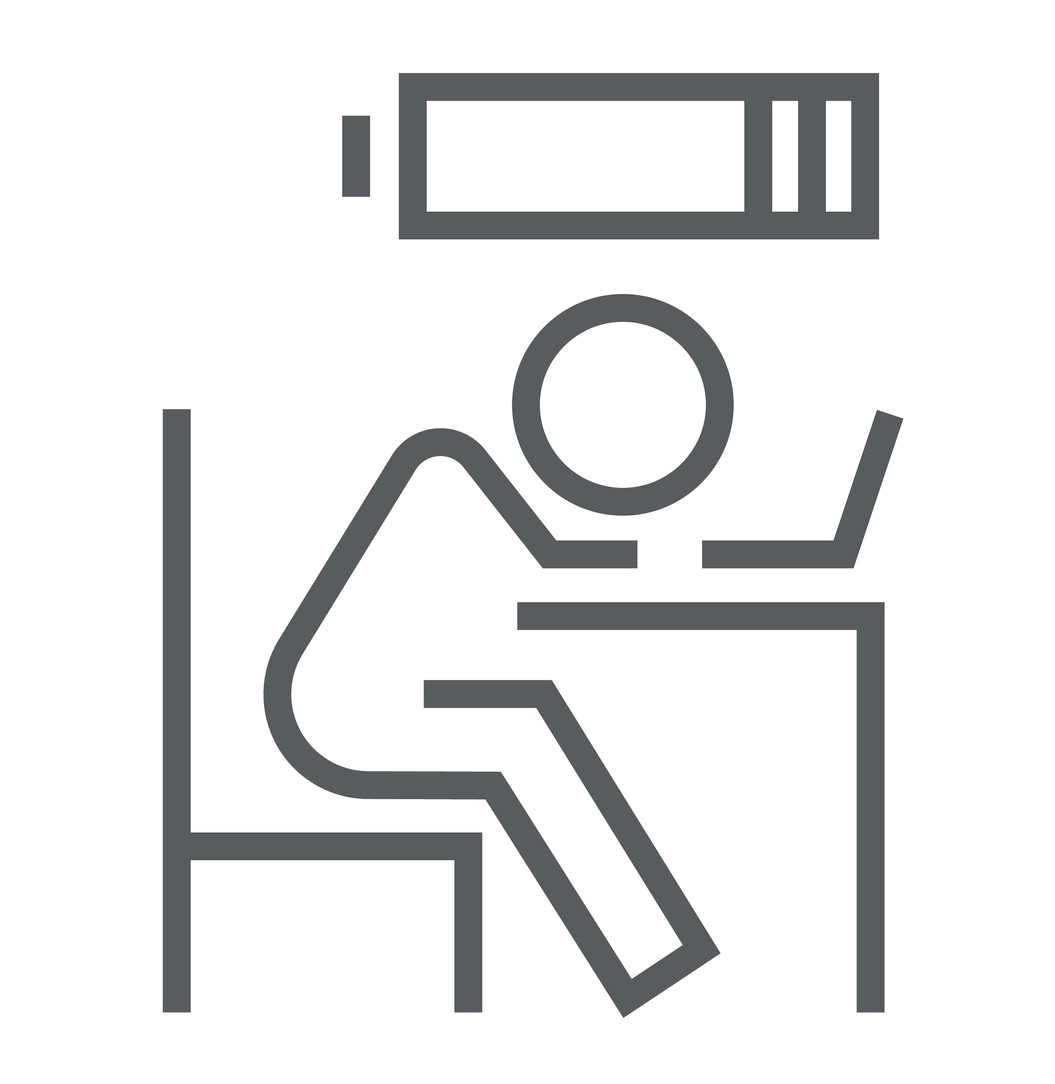Streamlining the Way to a Healthier Work-Life Balance
Magazine Article / March 1, 2020
By Lieutenant-Colonel Trevor Larson, A1 Force Management, 1 Canadian Air Division/Canadian NORAD Region Headquarters, Winnipeg
In an effort to reduce the training burden on RCAF personnel and to better align readiness training with the requirements of the primary roles of RCAF members, CANAIRGEN 20/19 was released to communicate changes to RCAF Individual Readiness Training.
These changes were made as part of the ongoing initiatives to improve Quality of Life and Quality of Service under Op TALENT. 1 Canadian Air Division Headquarters (1CAD HQ) directed its Air Force Expeditionary Readiness Standardization and Evaluation Team (AFERSET) to develop a more agile, flexible and responsive RCAF personnel readiness baseline that would: reduce unnecessary readiness training; ensure efficient use of training resources (e.g. small arms training, RTF); free up capacity for other tasks, trade and position specific training; and reduce ops tempo. The underlying principle of all these changes is to train as the RCAF fights.
This new readiness baseline allows the RCAF to:
- emphasize the role of 1CAD HQ Director Aerospace Readiness and AFERSET in the planning process to determine the theatre or mission specific training that is appropriate for RCAF personnel employed on future missions depending on the assigned tasks, assessed threats and mission conditions
- designate the service pistol as the personal weapon of its aircrew, maintenance personnel, and personnel from non-aircrew trades assigned to designated flying positions
- designate the SAR rifle and SAR shotgun as the personal weapons of SAR technicians
- extend the validity period between requalification for several training items and encourage the use of simulators to minimize weapons handling skill fade
- redefine the levels of RCAF readiness as: low readiness, deployment readiness and, high readiness
- introduce the concept of selected training items being specific to the force protection elements of task forces and not necessarily required for the aircrew and maintenance members of those task forces
These changes should simplify and shorten the time required to achieve deployment readiness and high readiness on the order of approximately one training week per person per year. At the discretion of the chain of command, that time can then be reinvested into the primary roles of your personnel, or into other important training, or equally into well-deserved leave with their families to assist in the maintenance of a healthy work-life balance. It is projected that these changes will save approximately 30,000 training days across the RCAF.
Note: The direction, Canadian Air Division Order (CADO) Volume 5, 5-114, Individual Readiness Training Policy Amendment - Interim Guidance, was sent out by email to Wing Commanders on 12 August 2019. These changes will be incorporated into the next CADO Volume 5, 5-114 revision.
